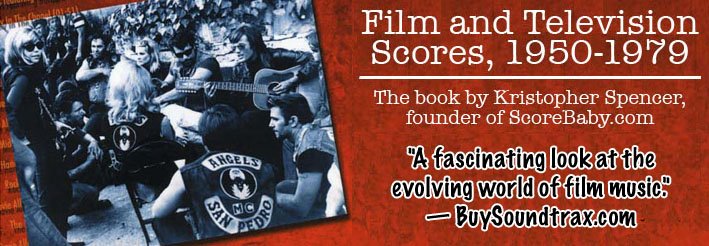 "A notorious example of post-porn mainstream cinema is Pretty Baby, which scandalously stars an occasionally nude 12-year-old Brooke Shields as a virginal sex object. The soundtrack presents Jerry Wexler's adaptations of ragtime piano tunes by Scott Joplin and Jerry Roll Morton that serve as source cues in the film's principle location, a seedy New Orleans Storyville brothel at the turn of the 20th century. The music is perfect for the film, but doesn't make for an especially compelling soundtrack listening experience."
"A notorious example of post-porn mainstream cinema is Pretty Baby, which scandalously stars an occasionally nude 12-year-old Brooke Shields as a virginal sex object. The soundtrack presents Jerry Wexler's adaptations of ragtime piano tunes by Scott Joplin and Jerry Roll Morton that serve as source cues in the film's principle location, a seedy New Orleans Storyville brothel at the turn of the 20th century. The music is perfect for the film, but doesn't make for an especially compelling soundtrack listening experience."– from Chapter 3: Sexploitation Serenade of Kristopher Spencer’s Film and Television Scores, 1950-1979






.jpg)





























